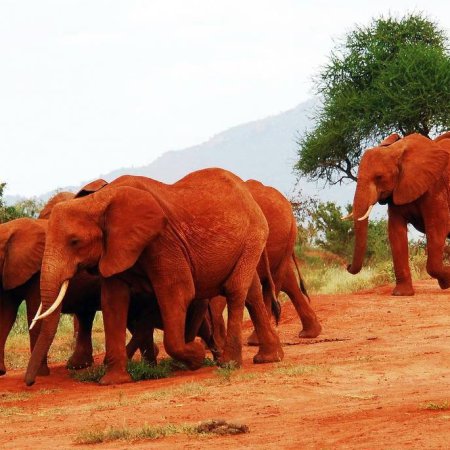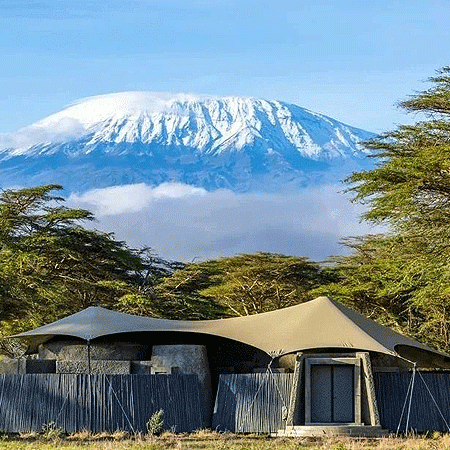Photographic Safari in Kenya: Tips, Best Lenses & Hidden Locations
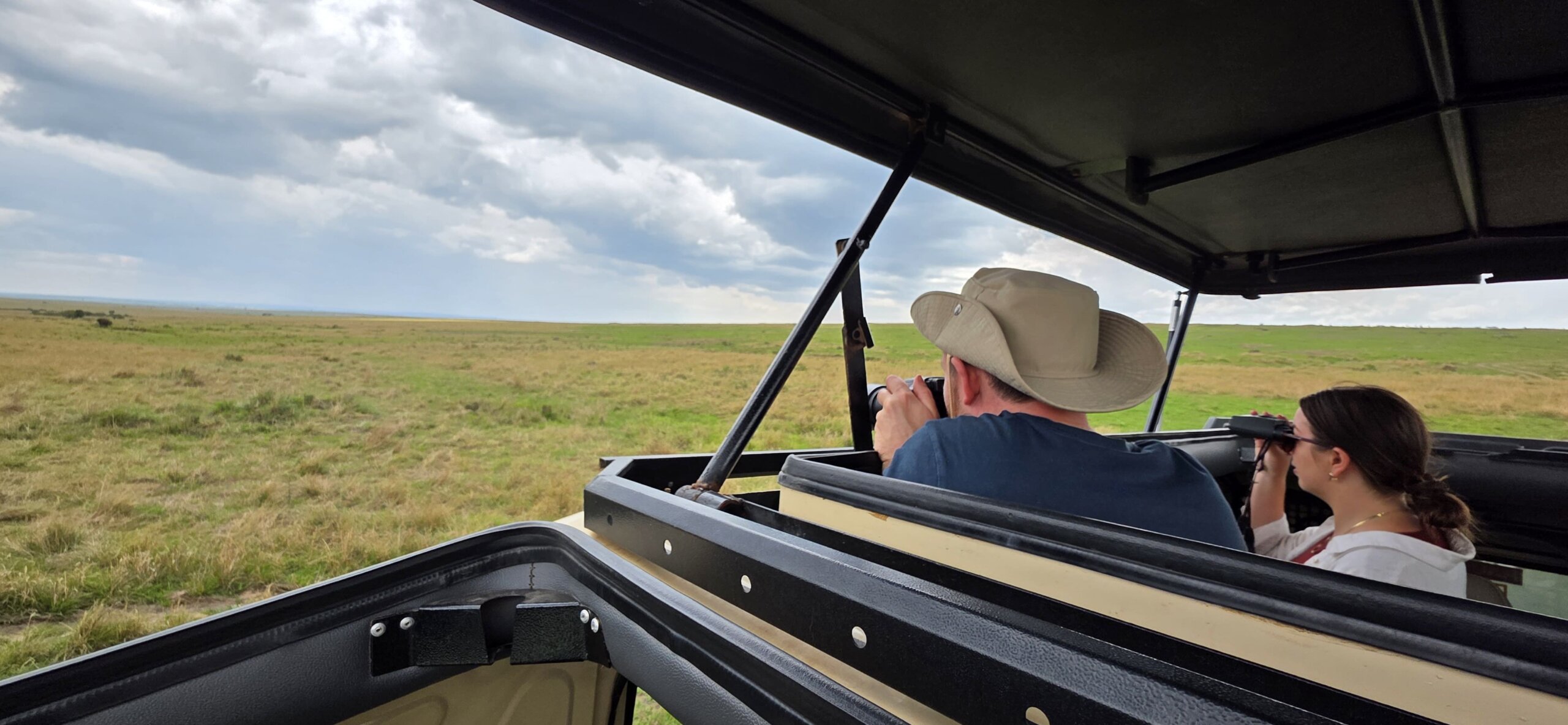
A photographic safari in Kenya is a dream for any photographer. The golden light, dramatic landscapes, and incredible wildlife create perfect conditions for breathtaking images. With the right preparation and knowledge, you can return home with a portfolio of stunning photographs.
Here’s how to make your Kenya photographic safari a resounding success.
Essential Camera Gear for Safari
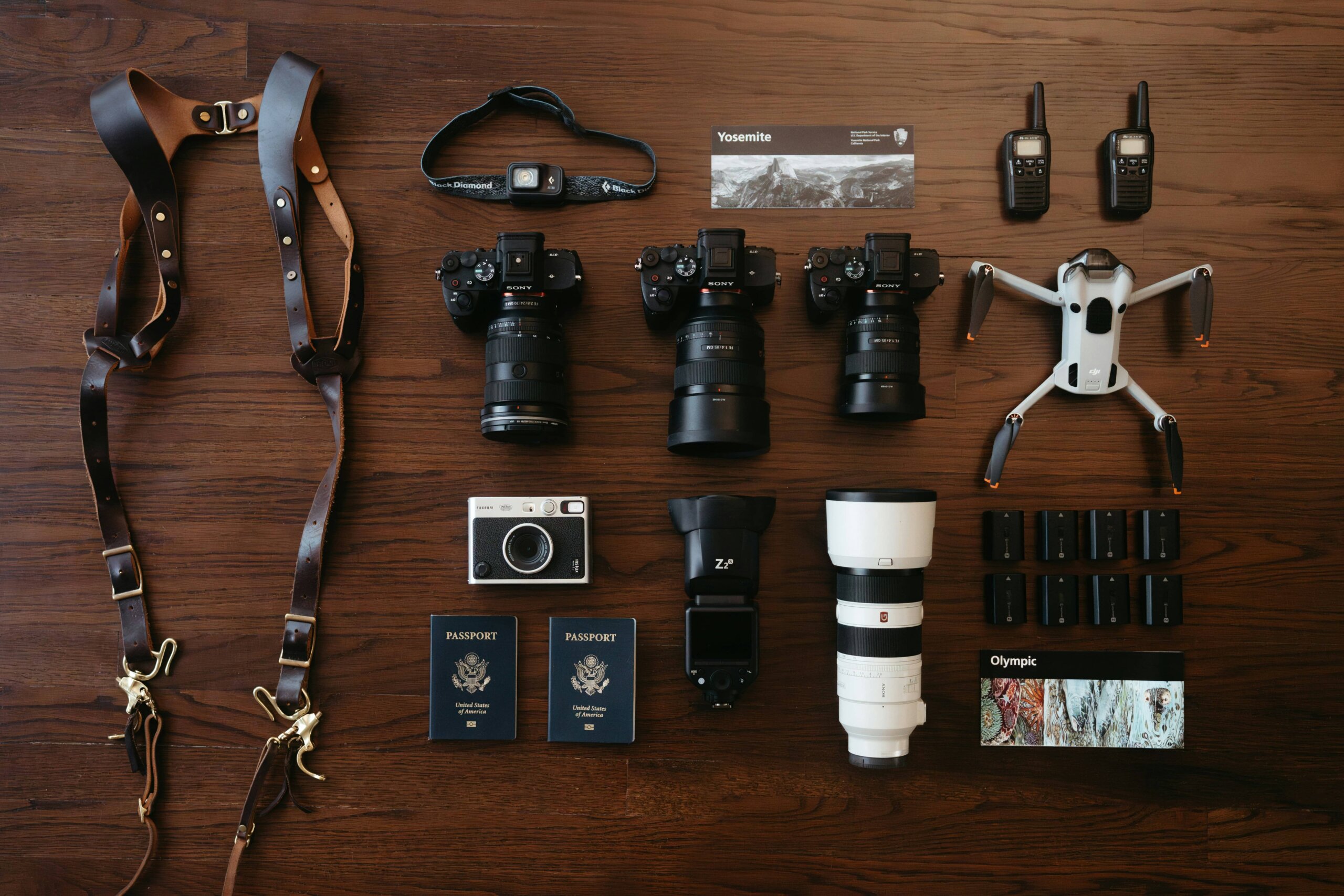
Choosing the right equipment is crucial for capturing those once-in-a-lifetime shots.
- Camera Bodies: Bring two if possible. A primary body with your long lens, and a backup with a wider lens. This prevents lens changes in dusty conditions and ensures you never miss a shot.
- Telephoto Lenses are Essential: A 100-400mm or 150-600mm lens is ideal for wildlife. You’ll need this reach to photograph animals that are at a safe distance.
- Don’t Forget Wide-Angle:A 24-70mm lens is perfect for landscape shots, camp life, and environmental portraits that show animals in their habitat.
- Support System: A bean bag is more practical than a tripod for game drives. It stabilizes your camera on the vehicle’s window frame perfectly.
Camera Settings for Sharp Wildlife Shots
Master these settings to ensure your photos are sharp and well-exposed.
- Use Aperture Priority Mode:This gives you control over depth of field. Use a wide aperture (f/4-f/5.6) to blur backgrounds and make your subject stand out.
- Fast Shutter Speed is Key:For moving animals, use at least 1/1000s. For birds in flight or running animals, 1/2000s or faster will freeze the action.
- Auto ISO is Your Friend:Let your camera adjust ISO automatically to maintain your chosen shutter speed and aperture. Modern cameras handle higher ISOs very well.
- Continuous Focus Mode:Use AI-Servo (Canon) or AF-C (Nikon) to keep moving subjects in sharp focus.
Hidden Photography Locations in Kenya
Beyond the famous Masai Mara, these locations offer unique photographic opportunities.
- Samburu National Reserve: Photograph the “Samburu Special Five” – unique species like the reticulated giraffe and Grevy’s zebra against arid landscapes.
- Lake Nakuru:Famous for its flamingos that create a stunning pink haze across the lake. Also excellent for rhino photography.
- Amboseli National Park: Capture iconic shots of elephants with Mount Kilimanjaro in the background, especially at sunrise and sunset.
- Laikipia Plateau: Perfect for creative photography including night sky shots, conservation stories, and rare species like wild dogs.
Pro Tips for Better Safari Photos
- Light is Everything:The golden hours after sunrise and before sunset provide the most beautiful light. Avoid harsh midday sun when possible.
- Create Depth:Include foreground elements like grass or branches to add depth to your wildlife images.
- Focus on the Eyes:Always ensure the animal’s eyes are in sharp focus. This creates connection in your photographs.
- Tell a Story:Don’t just take portraits. Capture behavior, interactions between animals, and wide shots that show the environment.
- Battery and Memory:Bring more memory cards and batteries than you think you’ll need. You’ll shoot hundreds of photos each day.
Preparing for Your Photographic Adventure
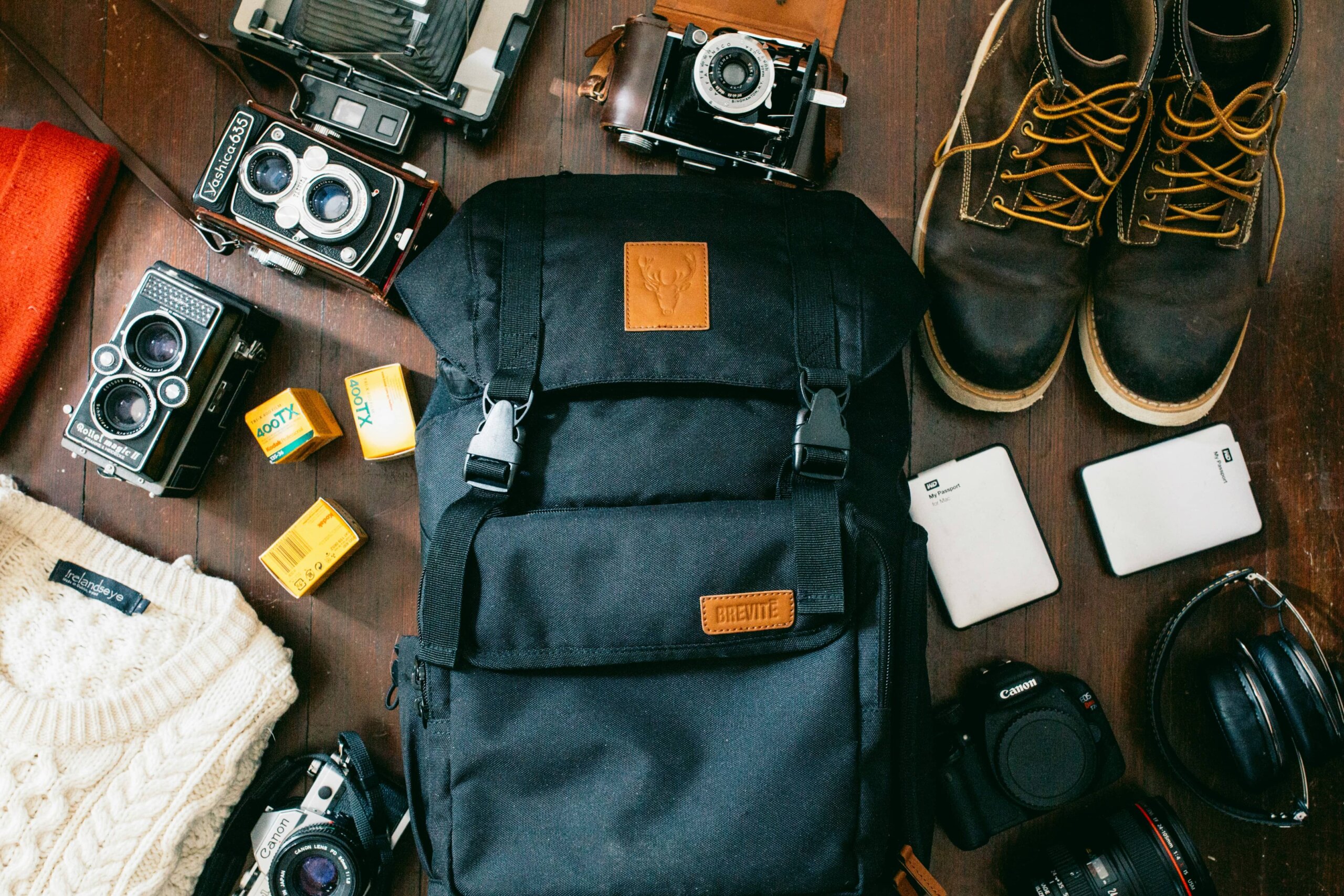 Practice with your gear before you leave. Know your equipment intimately so you can react quickly when photographic opportunities arise.
Practice with your gear before you leave. Know your equipment intimately so you can react quickly when photographic opportunities arise.
Protect your equipment from dust with plastic bags and always have a lens cleaning kit handy.
Most importantly, remember to sometimes put the camera down and simply enjoy the incredible moments unfolding before you.
Capture Your Perfect Shot with Us
Our guides understand photographers’ needs. They know how to position the vehicle for the best light and anticipate animal behavior. We can create a custom itinerary focused on your photographic goals.
Ready to capture unforgettable images? Contact us to plan your perfect photographic safari in Kenya.

